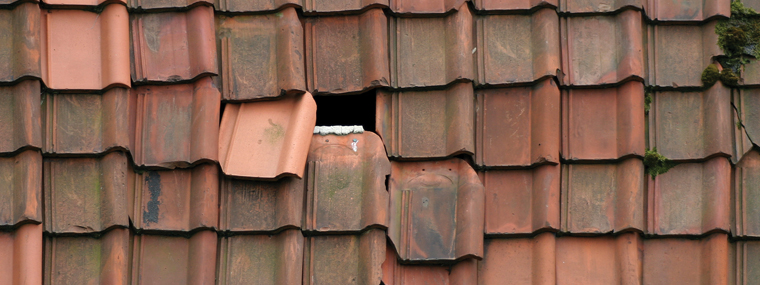
Construction Defects and the Four-Year Statute of Limitations
A Trap for the Unwary
By Paul P. Terry, Jr. / Published February 2017
Most community managers know about the 10-year statute of limitations for construction defects, but far fewer know about the shorter four-year statute of limitations. Failure to act within the four years can bar an association from recovering for major and costly construction defects, such as roof leaks and cracking stucco.
The 10-year statute of limitations runs from the date the certificate of occupancy was issued, the date the contract with the engineer or contractor was completed, or the date of actual possession by the owner, whichever date is latest. If the 10-year limitations period expires, then the association’s entire claim is barred.
The four-year statute of limitations is different in two respects. First, it starts to run from the time the defect is discovered or should have been discovered with the exercise of due diligence. For defects that are visually apparent (called “patent defects”), the time starts to run from the same date as the 10-year statute of limitations would start to run (described above).
For defects that are not visually apparent (called “latent defects”), the time starts to run when the association actually discovers a defect, or should have discovered the defect. A common example is with roof leaks. If an association has been dealing with roof leaks for more than four years, the statute may have expired. Alarmingly, the time will start to run even if the builder or roofer is performing repairs or issues an extended warranty (although you may be able to sue for breach of the warranty). The lesson here is that whenever an association is experiencing construction defects, the association should promptly consult with an experienced construction defect attorney. Waiting to act, even where the contractor is performing repairs, can bar a claim for that defect.
The good news is that the four-year statute of limitations runs on a defect-by-defect basis. This means that the four-year limitations period can expire for one defect but not for another. The association’s knowledge of a defective roof because there are roof leaks does not necessarily mean that the association has knowledge of defective stucco.
Particularly for new managers or new board members, it is important to recognize the existence of construction defects that prior boards or managers may have known about but not acted on. The time to file a claim may already be running even though you have only recently learned of the problem.
Paul Terry
Partner with law firm of Angius & Terry LLP
Paul Terry is a partner with the law firm of Angius & Terry LLP, a plaintiff’s contingency law firm that specializes in representing associations with actual or suspected construction defects. For more information, visit www.angius-terry.com.



